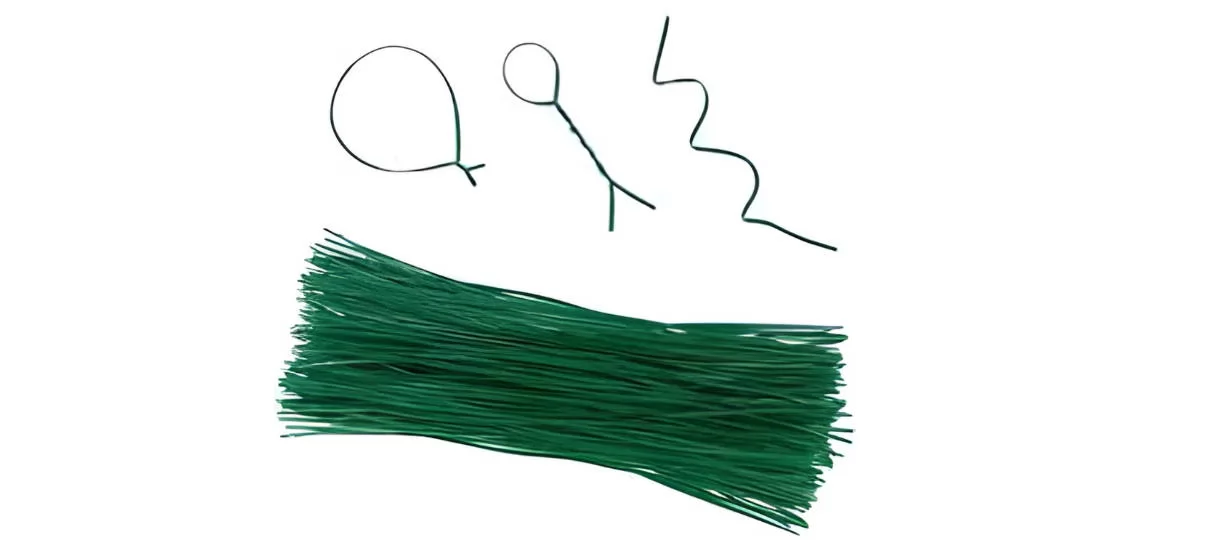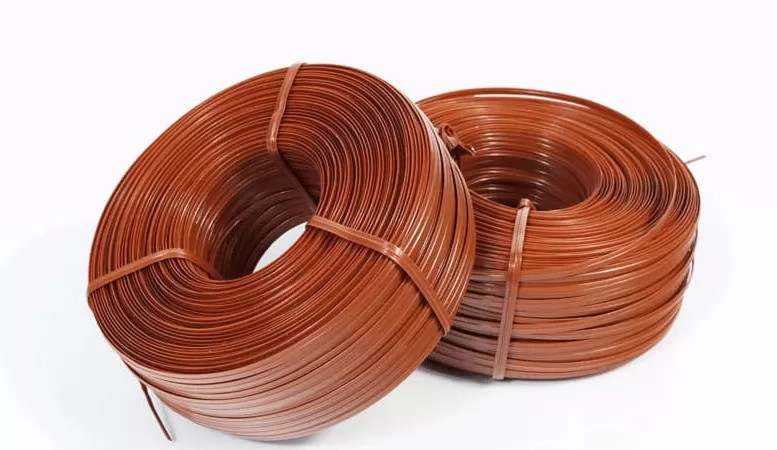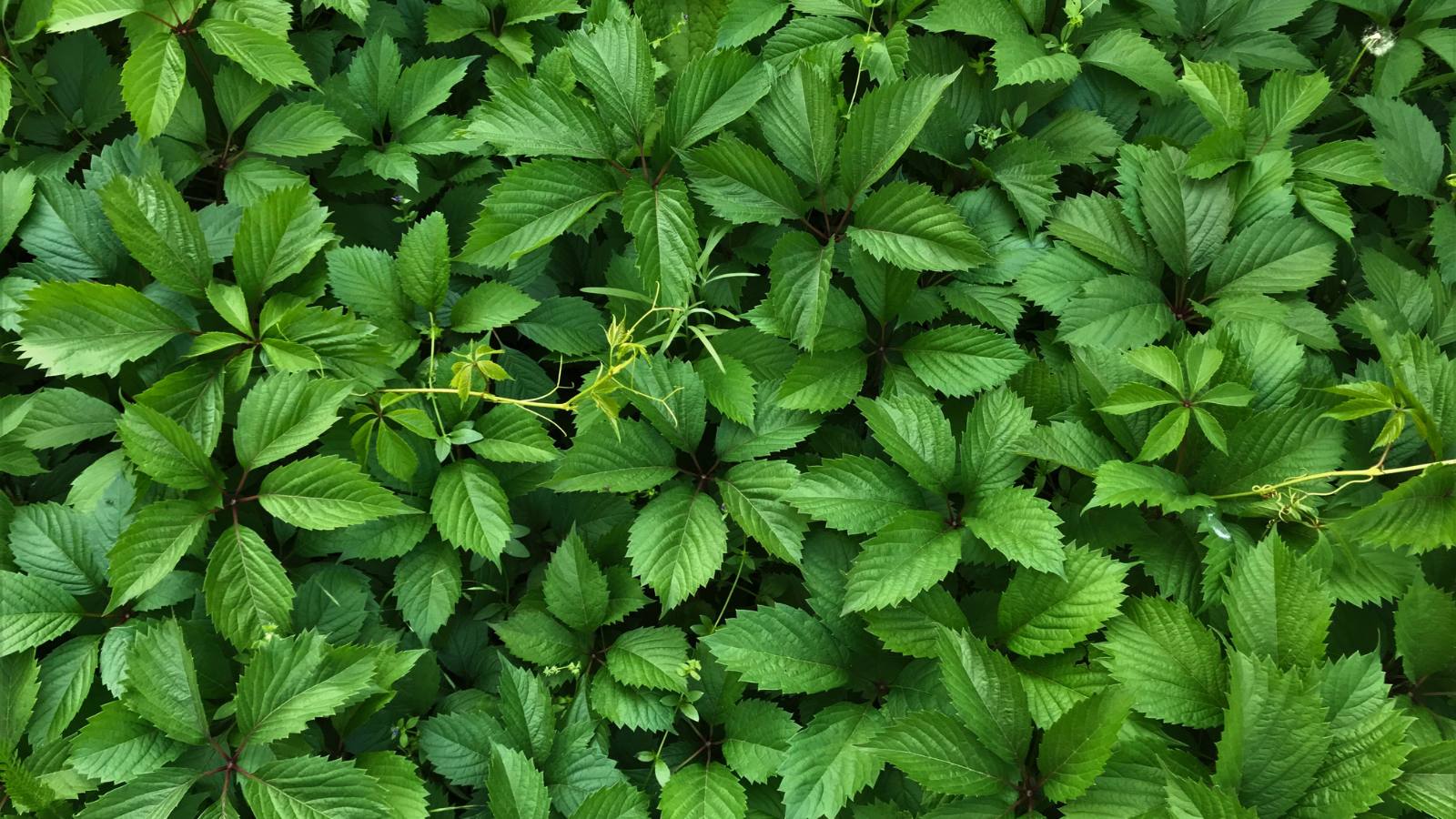
Twist ties—those ubiquitous little fasteners made of thin wire wrapped in paper or plastic—seem like a simple invention, but their story is a fascinating blend of agricultural innovation, wartime necessity, and everyday convenience. Contrary to humorous urban legends (like the satirical tale of George Hinson twisting his ankle during a fictional game), the modern twist tie as we know it today was pioneered by Charles E. Burford, an Oklahoma farmer and inventor, in the early 1960s. His work built on earlier concepts, transforming farm machinery into a tool that revolutionized bread packaging and beyond, with global variations like china twist ties dominating mass production today.
The twist tie's origins trace back to the challenges of agriculture in the early 20th century. In the 1940s, during World War II, labor shortages on American farms sparked a wave of labor-saving inventions. Charles's father, Earl Burford, played a key role here. In 1945, Earl patented an automatic hay baler—a device that used wire-tying technology to bundle hay efficiently without manual effort. This machine, often called the "Automatic Wire Tying Hay Baler," was a game-changer for farmers facing manpower shortages due to the war effort.

Earl's innovation laid the groundwork, but it was Charles who adapted it for consumer use. Born in Lindsay, Oklahoma, Charles grew up on the family farm and inherited his father's tinkering spirit. By the late 1950s, the baking industry was shifting from wax paper bags to more durable polypropylene plastic ones, which needed a better way to seal and reseal without wasting food. Traditional methods—like rubber bands cut from animal intestines or simple twine—were messy, unreliable, and unhygienic. Early paper tie prototypes, including paper twist ties uk, emerged in Europe as hygienic alternatives for bakery and produce packaging.
In 1961, Charles founded the Burford Company in Maysville, Oklahoma, and scaled down his father's hay baler into the Burford Twist Tie Machine. This device automatically fed a thin, flexible wire (typically 19-31 AWG galvanized or stainless steel) encased in paper or plastic, twisting it around the bag's neck to create a secure, reusable closure. The result? Bread stayed fresher longer, reducing waste and making it easier for consumers to portion out slices. Variants like plastic pre cut twist ties soon followed for precision in high-volume bakeries.
Burford's invention wasn't just a fastener; it was a complete system. The machine could tie hundreds of bags per minute, integrating seamlessly into bakery production lines. By the mid-1960s, it had spread globally, putting twist ties on bread bags in supermarkets worldwide, including affordable twist ties india for emerging markets. Charles held multiple patents for the technology and even expanded into related tools, like automated tying equipment for other industries.
While Burford gets credit for the bread-specific twist tie, earlier versions existed:

By the 1970s, twist ties had diversified: colorful plastic versions for gardening, such as green garden cable ties and green garden tie wire for securing plants; earthy brown twist ties for natural produce bundling; heavy-duty ones for hoses; and even "banner-style" ties for labeling produce like trail mix or herbs. Today, wireless polymeric alternatives exist for eco-conscious uses, and machines can print expiration dates directly on them.
Charles Burford passed away in 2013 at age 81, leaving behind a fortune in patents and a quiet revolution in packaging. He was also a big-game hunter and conservationist, using his ingenuity to protect habitats. His twist tie endures not just for bread (though it's banned for candies post-1938 due to FDA rules), but in crafts, gardening, and industry—proving that sometimes, the smallest inventions have the biggest impact.
Fun fact: Before twist ties, bakers used licorice strings or animal gut bands. Burford's wire? A twist on efficiency that's still twisting strong in 2025. If you're hoarding those colorful ones from produce bags, you're in good company—they're reusable, versatile, and a nod to Oklahoma's unsung heroes.











We use cookies to make the website work, to provide advanced features, social media and traffic analysis, and we use analytics and third-party advertising cookies. If you choose to click "Deny All", you will retain the default setting of not allowing the use of cookies or other tracking tools other than technical tools.



